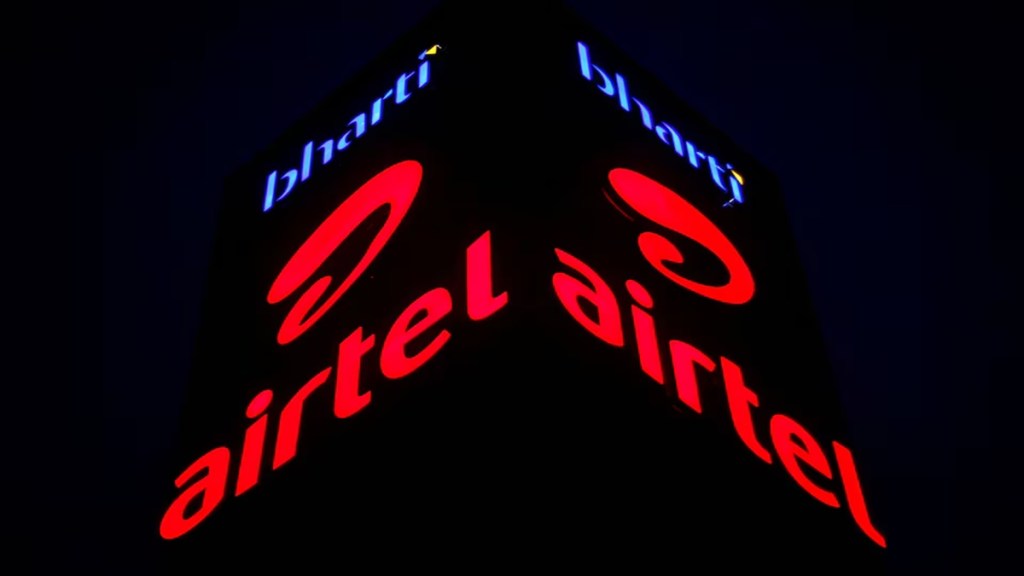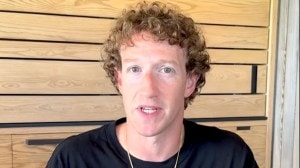Bharti Airtel’s plan to merge with Tata Group’s Tata Play is a strategic move to capture more premium customers, leverage existing fibre infrastructure, and strengthen its position against Reliance Jio, analysts say.
If the merger goes through, it will create the undisputed leader in the paid DTH sector, strengthening Airtel’s position in the increasingly competitive telecom and entertainment landscape.
“This is clearly a play to enter more premium households and maximise customer spending across multiple services,” said an analyst from a leading Mumbai-based brokerage.
Late last month, Bharti Airtel informed stock exchanges that it was in bilateral talks with Tata Group regarding the merger of Tata Play with its DTH business.
Airtel has been focusing on increasing its average revenue per user (Arpu) through bundled services spanning entertainment (Airtel Digital TV and Airtel Xstream), broadband (Airtel WiFi and Airtel Xstream Fiber), and mobility solutions.
Tata Play’s broadband user base and fibre network, which are part of its Tata Play Fibre home broadband service, will further boost Airtel’s offerings. “This will be a significant advantage for Airtel,” said a telecom executive.
Airtel and Tata Group have a history of successful mergers. Airtel’s 2019 acquisition of Tata Docomo added 13 million mobile subscribers to its network, a model that could be replicated in the DTH segment.
While the DTH market has been shrinking due to competition from streaming platforms, the acquisition is seen as a move to tap into Tata Play’s premium customer base.
As of September 2024, total paid DTH subscribers (excluding DD Free Dish) stand at around 59.91 million, down from 64.18 million in September 2023, reflecting an industry-wide decline.
Industry data suggests that customers who subscribe to multiple services from a single provider are less likely to switch, reducing churn and increasing Arpu. Postpaid mobile users, for instance, typically have higher retention rates than prepaid customers.
Airtel’s mobile churn stood at 2.5% in the December quarter, matching its DTH churn. The company currently boasts the highest mobile Arpu among telecom providers at Rs 245 as of December 31, 2024, though its DTH Arpu has fluctuated between Rs 158 and Rs 163 over the past five quarters due to competitive pressures.
Airtel has been driving premiumisation through offerings like Airtel Black, which bundles mobile, DTH, and broadband services into a single bill. These plans start at Rs 699 and go up to Rs 3,999 — higher than standalone mobile postpaid (starting at Rs 449) and prepaid plans (starting at Rs 121 for 30 days). Broadband plans begin at Rs 499, also lower than the bundled Airtel Black plans.
During the December earnings call, Airtel CEO Gopal Vittal had said that Airtel Black accounted for 50% of new broadband customer acquisitions.
Tata Play currently leads the DTH market with a 31.99% share, or approximately 19 million subscribers, according to data from the Telecom Regulatory Authority of India (Trai). Airtel’s DTH arm, Bharti Telemedia, follows closely with a 29.38% market share.
Airtel did not respond to Fe’s queries on the subject.







